Data manipulation? The real logic behind Polymarket's 10 billion valuation is...
Recently, a research paper from Columbia University has thrown the trending topic of "Prediction Markets" into controversy.

The authors analyzed two years of historical data from the blockchain platform Polymarket and found that about 25% of trading volume may be attributed to wash trading—that is, the same entity trading between its own accounts to create fake activity. During certain hot events, such as the US election or sports finals, this proportion even soared to 60%.
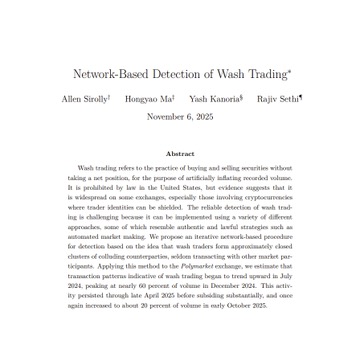

Although the research has not been formally peer-reviewed, it is enough to tear open a corner of the prediction market frenzy. Because in the past six months, the heat of this track has been almost“visible to the naked eye”: regulatory relaxation, support from giants, capital frenzy, political involvement—prediction markets are becoming the most eye-catching“new financial species” of 2025.
From "Fringe Gambling" to "New Financial Species"
The gameplay of prediction markets is not complicated: you can bet on whether "Trump can win the election," "whether the Federal Reserve will cut interest rates," or "which country the next Nobel Prize winner will be from," and the platform forms a "market probability" based on the prices set by both sides of the trade, which is seen as a manifestation of "collective wisdom."
In 2025, this way of "voting with money" has ushered in three explosive opportunities:
Regulatory Easing
In May this year, the US Commodity Futures Trading Commission (CFTC) withdrew its lawsuit against Kalshi, officially recognizing that prediction contracts can be legally traded "under specific frameworks."
In September, the CFTC issued a "No-Action Letter" to Polymarket, allowing it to reopen the US market.
This means that prediction markets are moving from the "gray area" to "regulatory visibility," clearing the biggest obstacle for capital involvement.
Capital + Political Betting
Soon after, funds poured in:
In August, Polymarket received investment from 1789 Capital, in which Donald Trump Jr., son of Trump, holds shares;

Then, after the New York Stock Exchange parent company ICE pushed Polymarket's valuation to $8 billion with a $2 billion investment in September, and competitor Kalshi reached a $5 billion valuation in October led by a16z and Sequoia Capital, market enthusiasm continued to surge.
According to the latest news from Bloomberg, Polymarket is seeking a new round of financing at a higher valuation of $12 billion to $15 billion, while Kalshi's valuation is also believed to have surpassed the $10 billion mark.
Behind this capital frenzy, the deep involvement of political forces cannot be ignored.
The "market-friendly" regulatory atmosphere created after the Trump administration took office paved the way for the explosion of prediction markets. The attitude shift of the CFTC and ICE's massive investment have both been interpreted by the market as clear policy signals.
Even more noteworthy is the Trump family's personal involvement: Donald Trump Jr. not only invested in Polymarket through 1789 Capital, but also serves as an advisor to Kalshi;

ICE CEO Jeff Sprecher—who is also the husband of former US Small Business Administration head Kelly Loeffler—personally led the investment in Polymarket;
Meanwhile, Trump's social platform Truth Social also announced it would launch its own crypto prediction platform, "Truth Predict."
The combined forces of capital, policy, and family influence are pushing prediction markets from fringe experiments to the mainstream financial stage.
Giants Accelerate Mainstream Adoption
In October, Google announced it would integrate real-time prediction data from Polymarket and Kalshi into Google Finance search results. For example, when users search for "Who will be president in 2028" or "Probability of Fed rate cut," real-time prediction market data charts will appear below the results.
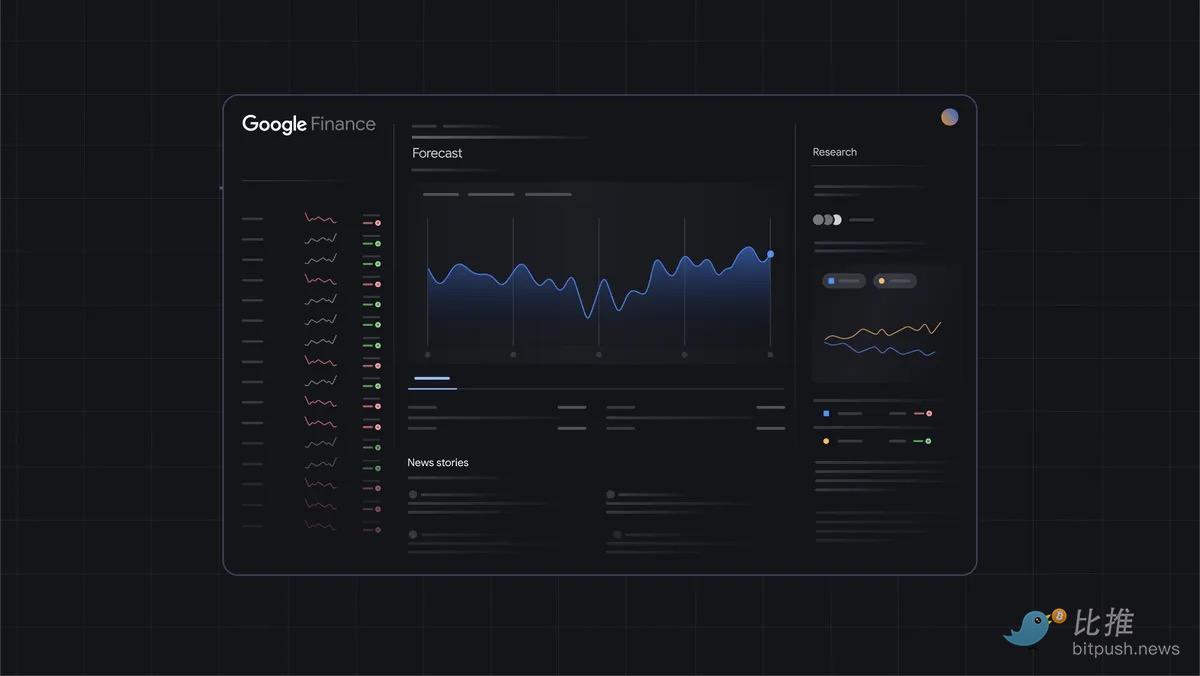 This means that prediction markets are being "embedded" into the world's largest information gateway for the first time, becoming part of the public information flow.
This means that prediction markets are being "embedded" into the world's largest information gateway for the first time, becoming part of the public information flow.
Google did not disclose the specific cooperation model with the two companies, but for the market, this move is considered a "mainstream milestone": prediction markets have shifted from a "betting tool for crypto players" to a data product visible to ordinary users and quotable by the media.
The result is clear: In October, Polymarket's trading volume hit a record high, with monthly trading exceeding $3 billion, and the number of users increased by 93.7% compared to September.
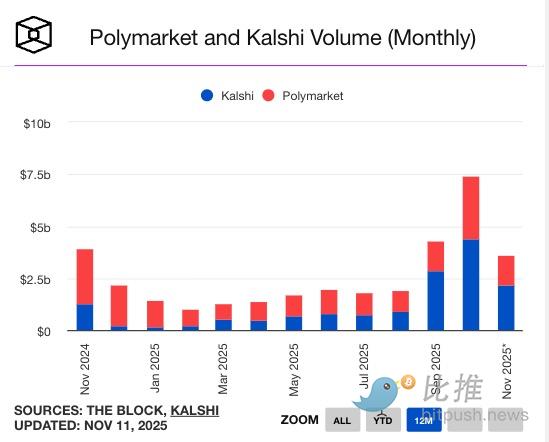
How Serious Is the "Fake Trading" Questioned by Columbia?
Returning to the research data from Columbia: Between 2024 and 2025, about a quarter of Polymarket's transactions showed suspicious patterns: frequent wash trades between accounts, extremely short intervals between trades, and almost no position settlement. These characteristics are very similar to the "volume boosting" seen in past NFT markets.
The report's authors speculate that the main motives for wash trading in prediction markets are threefold:
① To compete for future token airdrops or incentive points;
② To create market hype and attract new users;
③ Some market makers use "fake trades" to stabilize price ranges.
In other words, some may repeatedly place "fake orders" in the market to boost activity, grab points, or obtain future token rewards. This is not unfamiliar in the crypto space: from NFTs to DeFi, almost every round of innovation has been accompanied by "data boosting" behavior. But even so, the "water content" of prediction markets is not the highest in the industry. In comparison:
In the early days of unregulated bitcoin exchanges, "fake volume" once exceeded 70% (according to a Bitwise 2019 report).
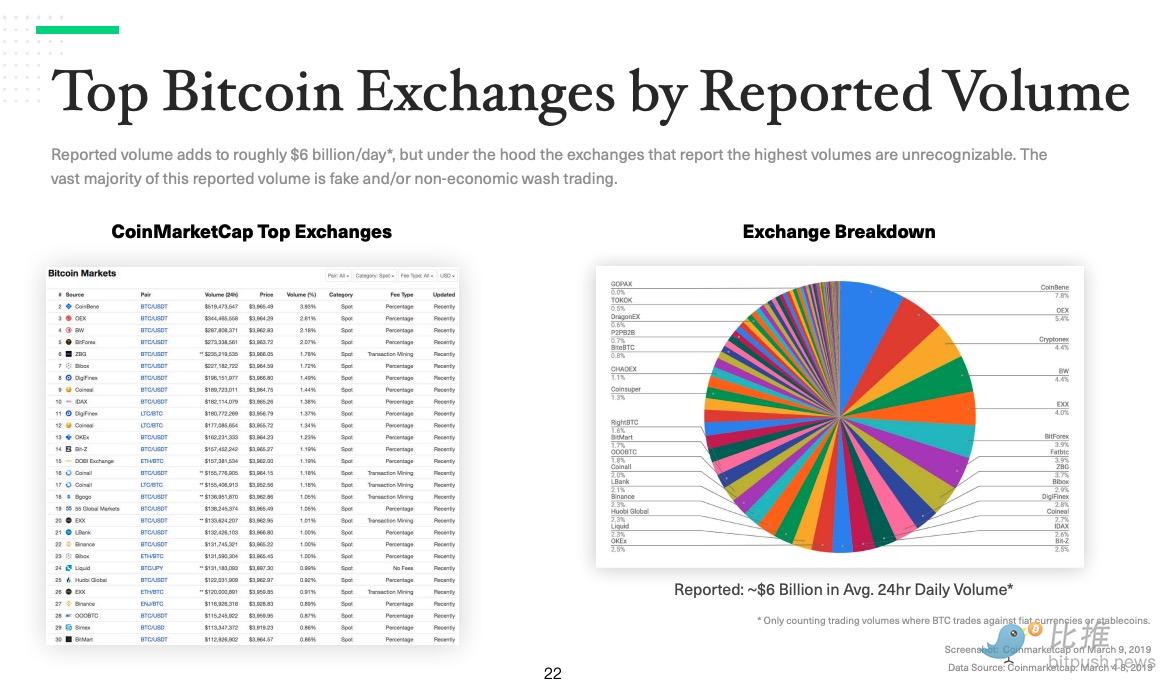
In the NFT market, the proportion of wash trading during hot periods was also between 20%—50%.

In comparison, Polymarket's average of 25% is at a "moderately high" level. Coupled with Kalshi's stronger compliance and strict KYC, the overall "authenticity" of the industry has far surpassed the early days of the crypto world. Therefore, from an industry perspective, the "watering down" in prediction markets is not a catastrophic problem.
In addition, there have been different voices in the industry regarding the conclusions of the Columbia study.
Former AWS engineer yassinelanda.eth raised several rebuttals after reviewing the paper.
He believes that the study has methodological limitations—its conclusions are based on a single on-chain data model, while platforms like Polymarket actually have more complex signal systems to identify real users and fairly distribute rewards. In addition, the study's conclusions are highly sensitive to the parameters set during analysis, so the severity of the problems revealed may not be stable.
He further pointed out a key feature of prediction markets: in this field, valuable signals are far more important than raw trading volume. Simple "wash trading" cycles cannot generate real profit and loss (PNL). Today, advanced on-chain monitoring and recommendation systems can effectively distinguish informative real trading flows from market noise generated by market makers, bots, and self-trading, and reduce the weight of the latter in recommendations and rewards.
In his view, the core criteria for judging a prediction market should not be the "total trading volume," which is easily manipulated, but rather:
-
Prediction Accuracy: Are the market's results accurate?
-
Calibration: Do the predicted probabilities match the actual frequency of occurrence?
-
Bid-Ask Spread and Market Depth: Is market liquidity good, and are trading costs low?
-
Slippage During News Events: When there is new information, can prices respond quickly and smoothly, rather than with violent fluctuations?
These indicators of market quality and information efficiency are the real core for measuring the value of prediction markets.
Gambling Mentality Returns: When "Betting" Becomes the Mood of the Era
As University of Chicago sociologist Lydia Grant observed: "In a sense, prediction markets continue America's belief system—they allow people, in the face of great uncertainty, to gain an illusory sense of control through the act of 'betting.'"
This statement precisely captures the social pulse of America today. In the face of high inflation, political division, and class solidification, a "gambler's mentality" has quietly become a common emotional outlet. From sports betting to cryptocurrencies, and now to prediction markets, more and more Americans are leaving their fate to probability, releasing anxiety between the odds.
And when Wall Street giants also join in, this trend gains both capital and institutional endorsement. Massive investments from institutions like ICE indicate that mainstream finance is now viewing prediction markets as the next generation of "event-driven" risk pricing infrastructure, rather than just fringe gambling games.
As SynFutures CEO Rachel Lin pointed out: "The real value of prediction markets lies in their ability to quantify things that traditional finance cannot price, such as policy decisions, technological breakthroughs, and geopolitical risks."
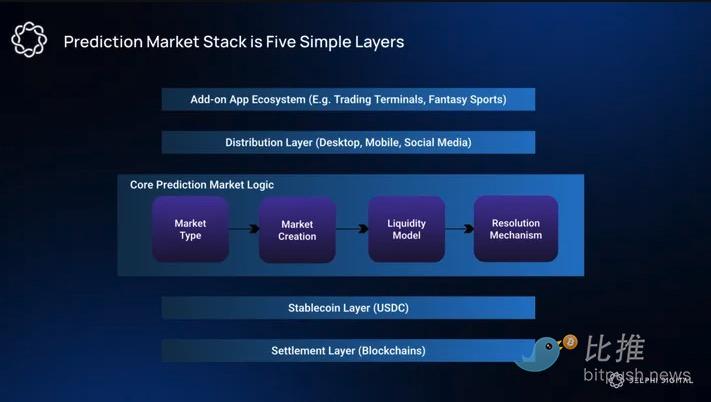
Meanwhile, moves such as Polymarket's launch of the POLY token have injected new fuel into ecosystem development. Research institution Delphi Digital believes that in the future, prediction "terminals" that integrate multi-market data and AI analysis are likely to open up a new trading track similar to the meme coin boom.
Of course, challenges remain. US regulators are still debating the definition of "derivatives" versus "gambling," and this lingering policy cloud remains the last hurdle for prediction markets to become fully mainstream.
But the trend of capital, technology, and social sentiment converging is now irreversible. People think they are predicting the future, but do not realize that this nationwide betting craze has itself become the truest portrayal of this era.
Author: Bootly
Disclaimer: The content of this article solely reflects the author's opinion and does not represent the platform in any capacity. This article is not intended to serve as a reference for making investment decisions.
You may also like
The US government restarts, $2.5 trillion in liquidity set to return: The silence in the crypto market is about to be broken


The 12 trillion financing market is in crisis! Institutions urge the Federal Reserve to step up rescue efforts
Wall Street financing costs are rising, highlighting signs of liquidity tightening. Although the Federal Reserve will stop quantitative tightening in December, institutions believe this is not enough and are calling on the Fed to resume bond purchases or increase short-term lending to ease the pressure.
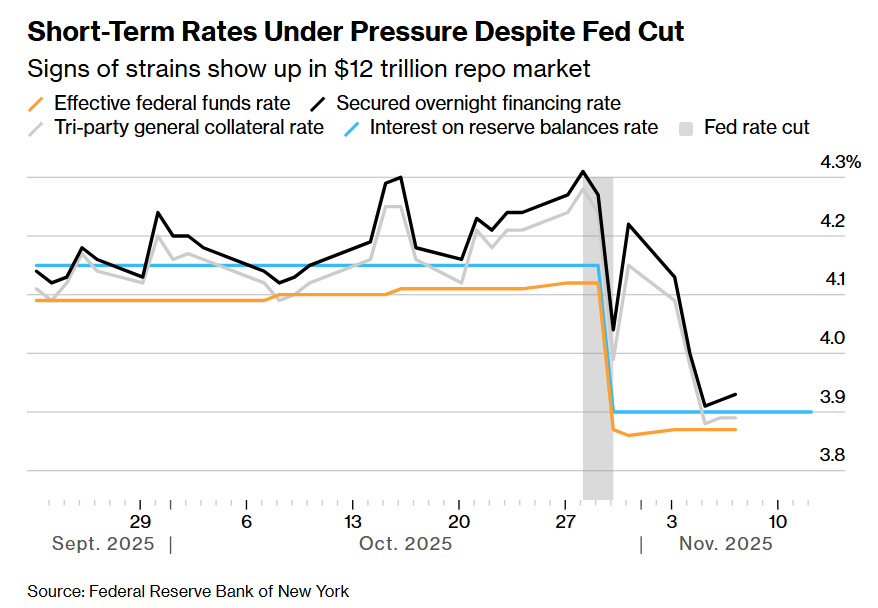
Another Trump 2.0 era tragedy! The largest yen long position in nearly 40 years collapses
As the yen exchange rate hits a nine-month low, investors are pulling back from long positions. With a 300 basis point interest rate differential between the US and Japan, carry trades are dominating the market, putting the yen at further risk of depreciation.
